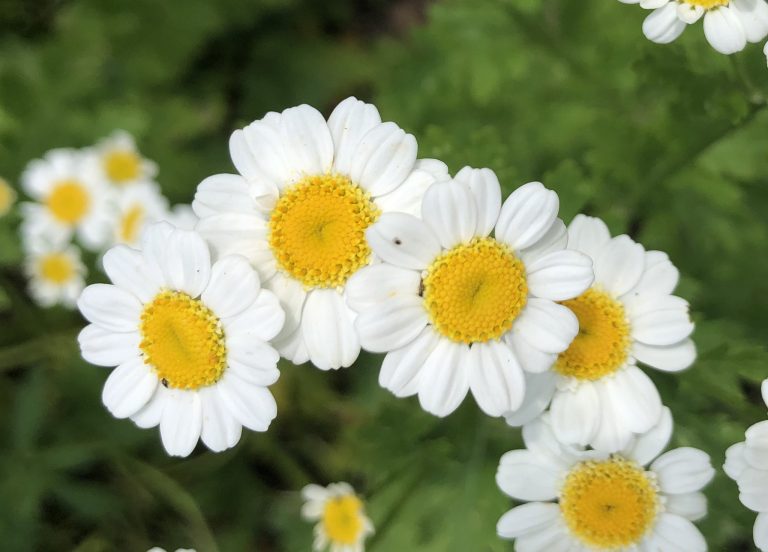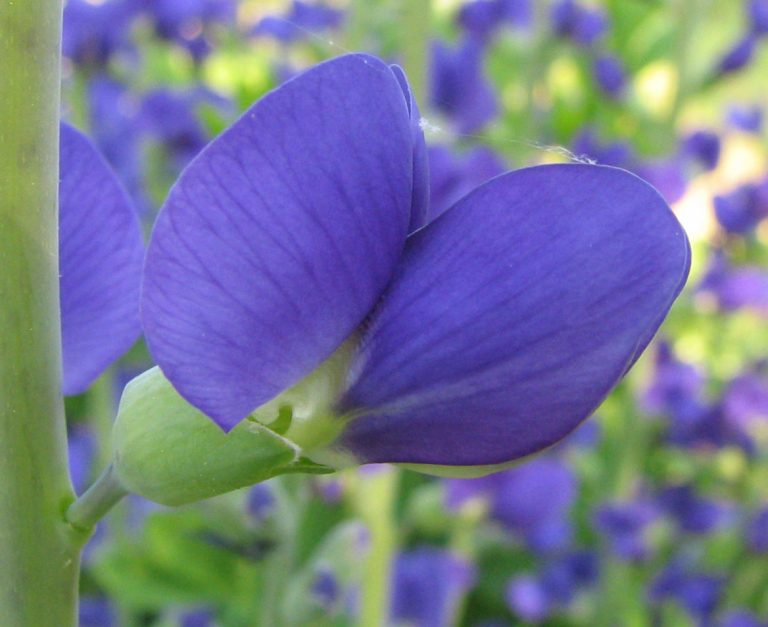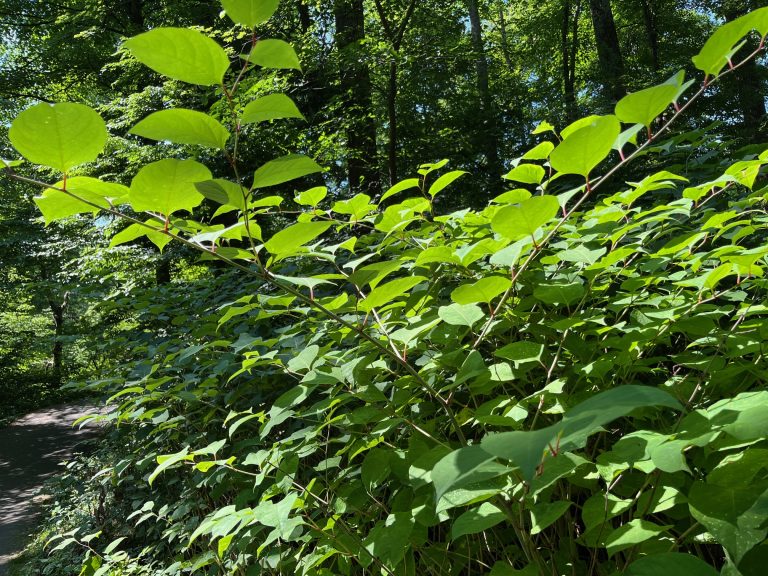Sprightly and tenacious, feverfew is a member of the world’s largest and most diverse plant family — Asteraceae. Native to Asia and Europe, feverfew was first introduced to the United States in the 19th century. It is now commonly grown as a perennial in hardiness zones 5-10. Its small, prolific blossoms bring cheer to any garden, while its fine, fragrant foliage hints at its impressive medicinal value.
The name is also telling. It is derived from the latin febrifugia, which means “fever reducer.” In fact, the ancient Greek physician Dioscorides always prescribed feverfew for “hot inflammations.”
Feverfew was popularized in the 18th century as an effective remedy for headaches, though herbalists had already been using it for many centuries to treat a variety of ailments. Scientists have now discovered many powerful compounds present in all parts of the plant, validating its potential healing capacity.
Feverfew plant
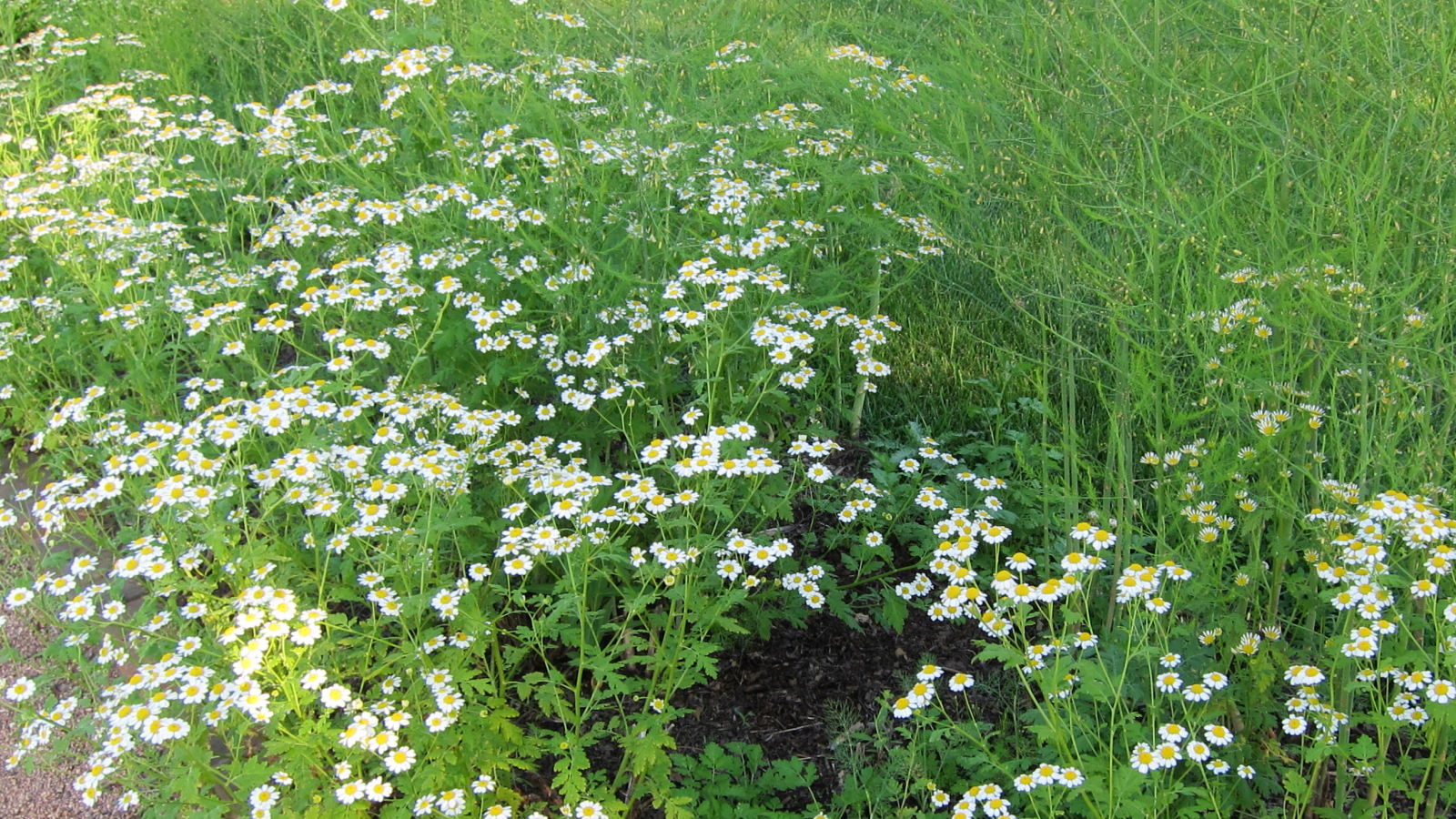
Feverfew (Tanacetum parthenium) is a species of chrysanthemum, which grows in loose, clumping mounds, reaching 24 inches in height, and producing a bounty of small, daisy-like flowers throughout the summer. It sports an emerald coat of feathery, fern-like foliage with a strongly medicinal scent.
The flowers produce countless tiny seeds with a tuft to help them travel in the wind. Feverfew is not finicky, and will happily establish itself in most conditions — with a deep taproot and branching rhizomes to give it a solid foundation.
Success
You are now signed up for our newsletter
Success
Check your email to complete sign up
Feverfew is mainly treated as a perennial, but can stay evergreen in areas with mild winters, or be planted as an annual in colder areas. Some of its other common names include bride’s button, flirtwort and featherfoil. There are many cultivars of feverfew grown for ornamental purposes, but the straight species is considered the most medicinal.
Traditional uses of feverfew

Feverfew has been dubbed “medieval aspirin” for its traditional use in treating pain and inflammation. Ancient Greeks and Romans used the herb as a general tonic.
Feverfew was favored by early European herbalists as an antidote for digestive problems, headaches, fevers, menstrual cramps, rheumatoid arthritis, and toothaches. It has also been used for allergies, asthma, dizziness, high blood pressure, insect bites, nausea, respiratory issues, skin problems, tinnitus and vomiting.
To make it readily available for stocking the medicine cabinet, feverfew was commonly grown in cottage herb gardens.
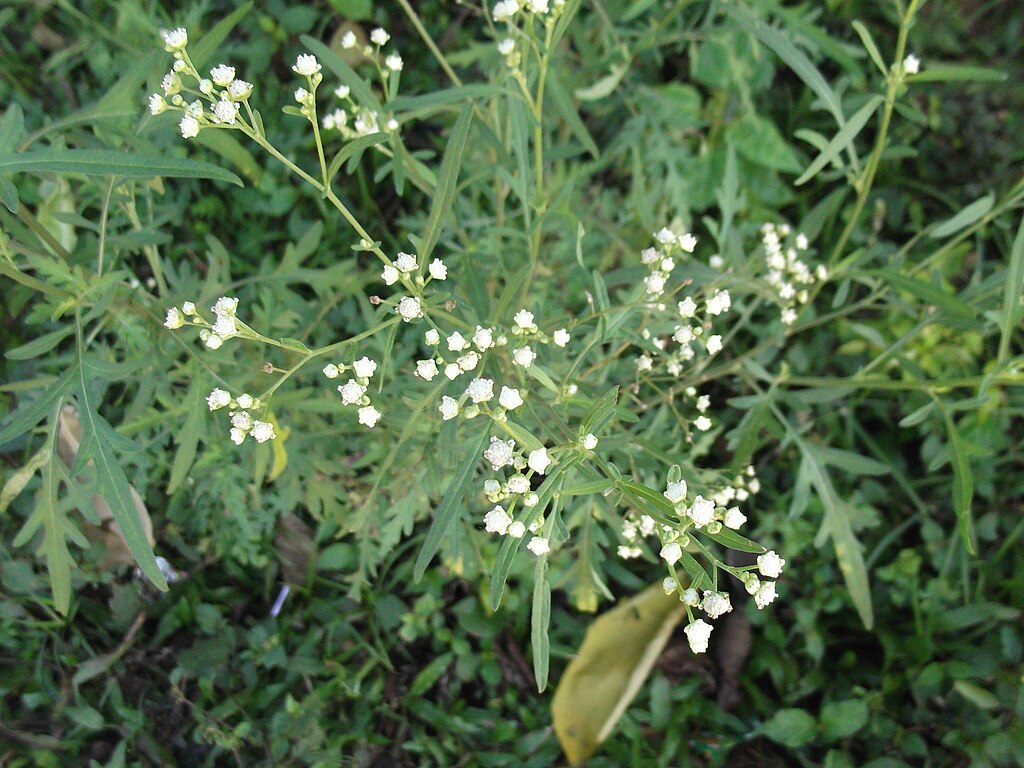
Feverfew’s Central American cousin, Santa Maria (Parthenium hysterophorus), is also known as feverfew; but it has become an invasive, threatening weed around the world. Still, in its native countries, it has been used medicinally to treat various ailments.
Medicinal properties of feverfew

Feverfew is now widely available as an herbal supplement, and also recognized as a traditional herbal medicine sold under the name of Glitinum. Modern science has discovered many medicinal compounds in feverfew that likely attribute to its purported healing properties.
Of the thirty-plus sesquiterpene lactones present in feverfew, parthenolide may be the most important. This substance, found mainly in the flower and fruit, can naturally dilate the blood vessels, easing the pressure that causes headache. It can also promote blood flow and prevent clotting, thus making it beneficial in treating high blood pressure and heart problems.
In addition, parthenolide inhibits the production of inflammation-promoting prostaglandins, and can thus be helpful in reducing the pain and fever related to inflammatory conditions.
Other medicinal constituents include flavonoid glycosides and pinenes, giving feverfew powerful antioxidant potential. Volatile oils found in feverfew may help relax muscles, reduce inflammation and promote blood flow.
Growing feverfew
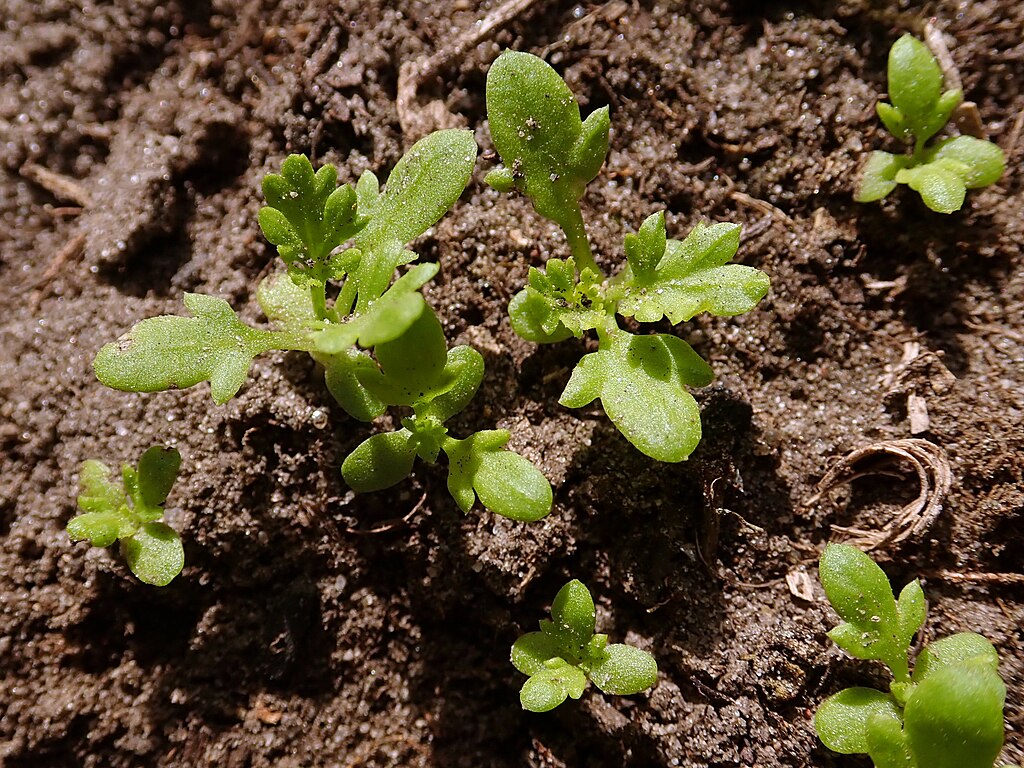
Feverfew is an easy plant to grow in any sunny garden. It prefers evenly-moist, loamy soil, but is tolerant of most conditions. Too little light, however, will promote weak, elongated stems.
Seeds can be started indoors around now (late winter), or sown directly outdoors after your final frost date. The tiny seeds require light to germinate. Sprinkle them on top of the soil, cover very lightly or not at all, and gently tamp them in to ensure good contact. Keep the surface evenly moist by misting.
Germination takes about two weeks. Seedlings can be transplanted outdoors after your final frost. Mature spacing should be 12-18 inches.
Feverfew can also be propagated by division. Dig about 12 inches deep around an existing plant to get the bulk of its root system, then divide the crown with a sharp spade. Plant the divisions about 18 inches apart and water regularly until the new plants are established.
Blooming stems can be harvested for medicinal purposes; and they also make good cut flowers. In any case, you should remove the flowers before they go to seed, unless you are willing to let them self-sow.
Harvest feverfew any time during the growing season, and dry the excess herb for winter use. As an herbaceous perennial, it can be cut back for the winter. Ornamental varieties tend to be less hardy than the straight species, and are often treated as an annual plant.
Home remedies
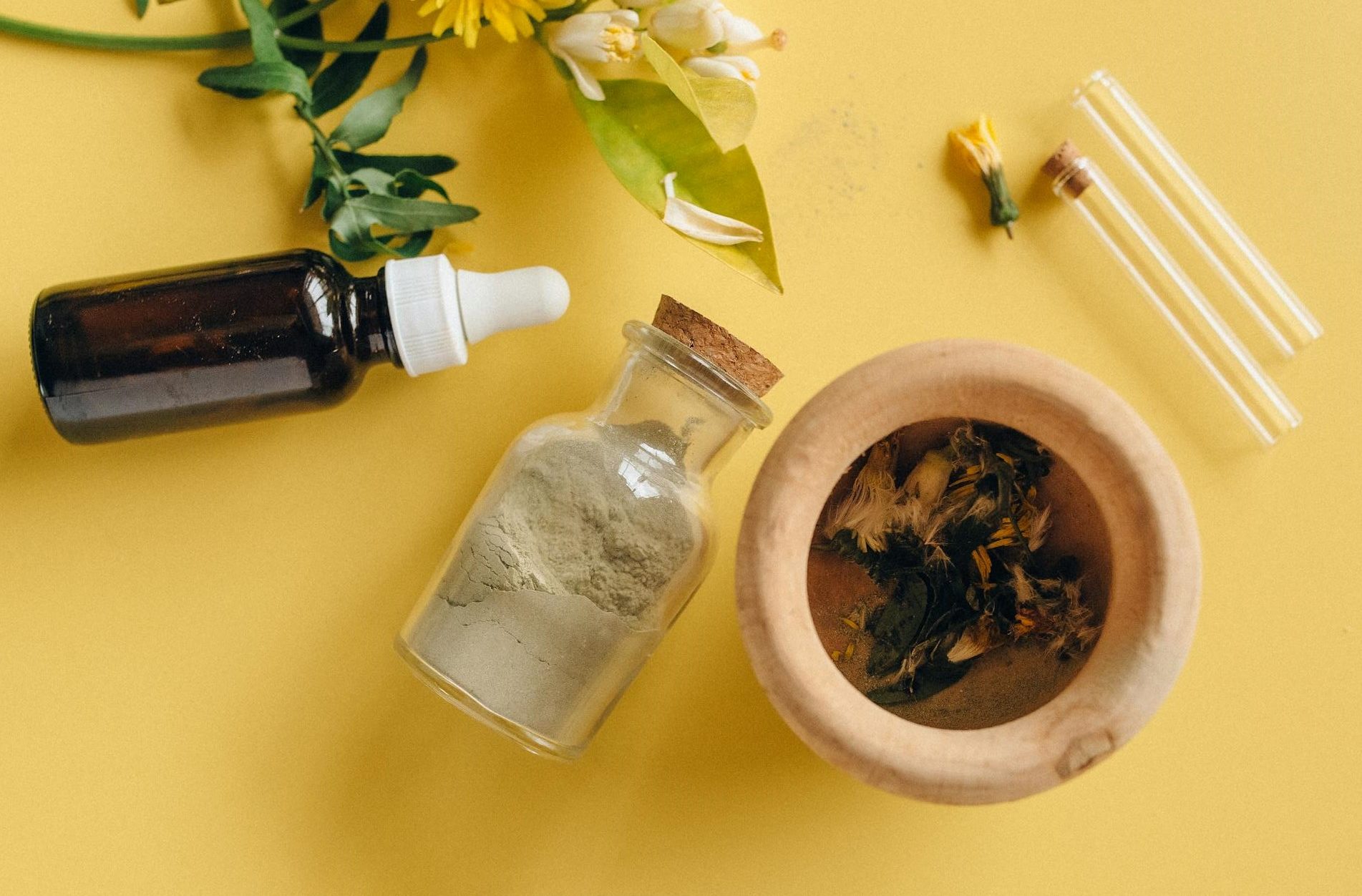
While feverfew is available as a supplement in capsule, tincture, and liquid or powdered extract form, home gardeners have the benefit of an unlimited, fresh supply of this herb. Although some people report good results from ingesting small amounts of raw feverfew daily, the foliage is very bitter and can cause sores in the mouth. It is more common to make an herbal infusion with feverfew.
Feverfew tea
Steep about one tablespoon of fresh leaves and/or flowers in one cup of boiled water for up to 30 minutes. If you are using the dried herb, two teaspoons will do. Strain off the liquid and sweeten if desired.
A stronger decoction, made by simmering a greater concentration of the herb, can be useful for topical applications.
Feverfew extracts
Herbal extracts are an effective way to draw out an herb’s active medicinal compounds for preservation and ease of application. The most common DIY extract is a tincture. To make this, finely chopped leaves and flowers — fresh or dried — are covered in strong (80-100 proof) alcohol for a few weeks. The sealed jar is shaken daily at first and then every few days, until it is time to strain and bottle the remedy.
Glycerites are non-alcoholic extracts. Similar to tinctures, the feverfew can be fresh or dried — but this will determine the ratio of herb to solvent.
For dry feverfew, use one part (by weight) finely crumbled herb, to four parts solvent, or menstruum. The menstruum consists of filtered water (about 40 percent) and food-grade vegetable glycerin (about 60 percent). For example:
- 2 ounces dried feverfew
- 3.2 ounces water (to facilitate absorption, boil the water and allow the herb to rehydrate before adding the glycerin)
- 4.8 ounces of glycerin
For fresh herbs, the ratio is one part (by weight) of finely chopped feverfew to two parts solvent. Because the herb does not need to be rehydrated, the menstruum can be between 70 and 100 percent glycerine. For example:
- 3 ounces fresh root
- 6 ounces glycerin
The fresh, chopped herb is simply pressed into a clean jar and covered in solvent. Seal the jar tightly so the essential oils don’t evaporate in processing — which can be the three-week exercise described above for tinctures, or an abbreviated warm bath as follows:
Place the sealed jar on a rack or small cloth in a crockpot, slow cooker or instant pot. Fill the pot with enough water to reach the level of your mixture in the jar(s). Warm the glycerite on the lowest setting, or “slow cook” on an instant pot for three days. After this, strain, bottle and label your remedy.
Oil or salve
A feverfew oil can be made by placing dried, crushed feverfew in a glass jar, and covering with olive, almond, coconut, avocado, or a combination of your favorite oils. The herb must be completely dry to prevent spoilage. Use the three-day warm bath described above with glycerites to infuse your oil. Strain through a muslin cloth when the infusion is complete.
An herbal oil is the first step to making a healing salve. For a basic feverfew salve, heat one cup of feverfew oil, and stir in 3 Tbsp beeswax pastilles until they are melted. Adding select essential oils can enhance the healing properties of your salve and also act as a natural preservative.
Application of feverfew remedies
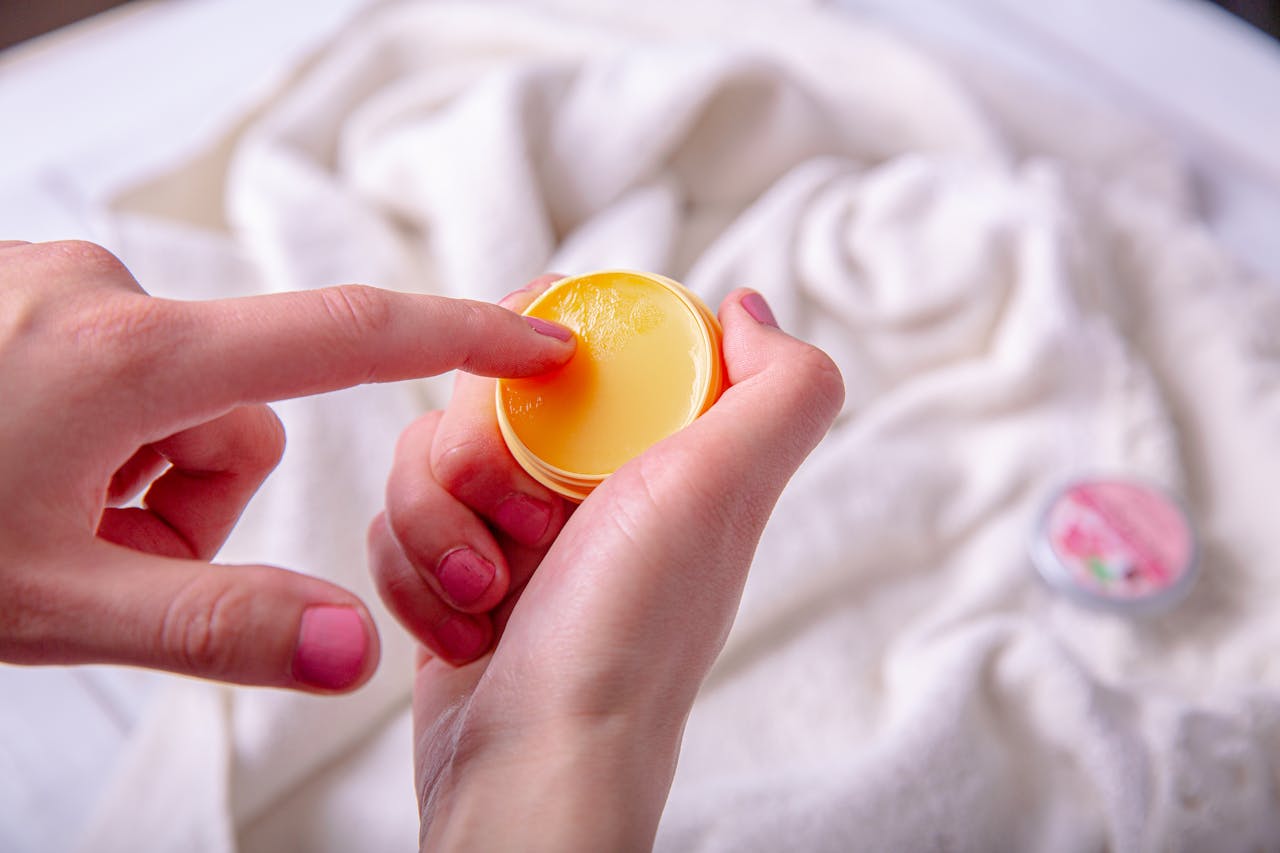
- Feverfew infusions are commonly taken to relieve sore muscles and joint pains. They can be ingested or applied topically.
- A decoction can be applied to topical conditions, and can also be an effective insect repellent. Rubbed or sprayed on skin and pets it can ward off pests like mosquitoes, ticks and fleas naturally.
- A few drops of extract added to another liquid is often taken to reduce fever or infection.
- Feverfew oil or salve can be applied to help soothe many skin conditions.
PLEASE NOTE:
Feverfew is a potent medicinal herb that is not recommended for children under the age of two, pregnant women, or anyone who is allergic to chamomile, ragweed or yarrow — all members of the Asteraceae family.
READ ALSO:
- For Powerful Traditional Remedies, Know and Grow Medicinal Herbs (A): Arnica
- For Powerful Traditional Remedies, Know and Grow Medicinal Herbs (B): Beautyberry
- For Powerful Traditional Remedies, Know and Grow Medicinal Herbs (C): Comfrey
- For Powerful Traditional Remedies, Know and Grow Medicinal Herbs (D): Dill
- For Powerful Traditional Remedies, Know and Grow Medicinal Herbs (E) Echinacea



